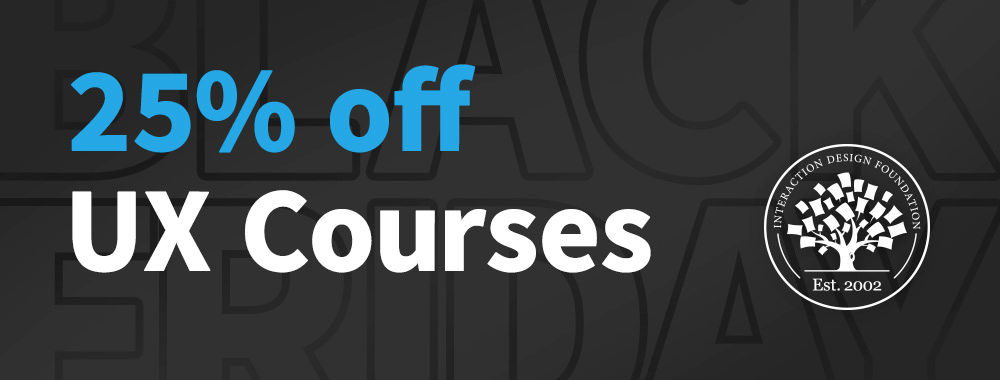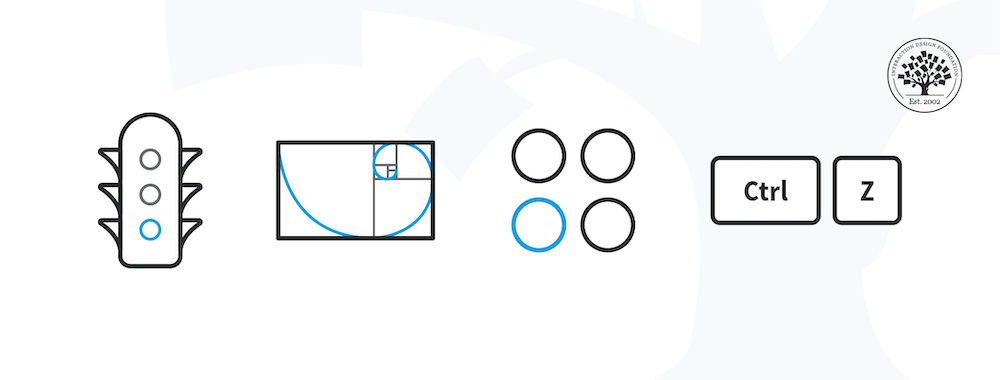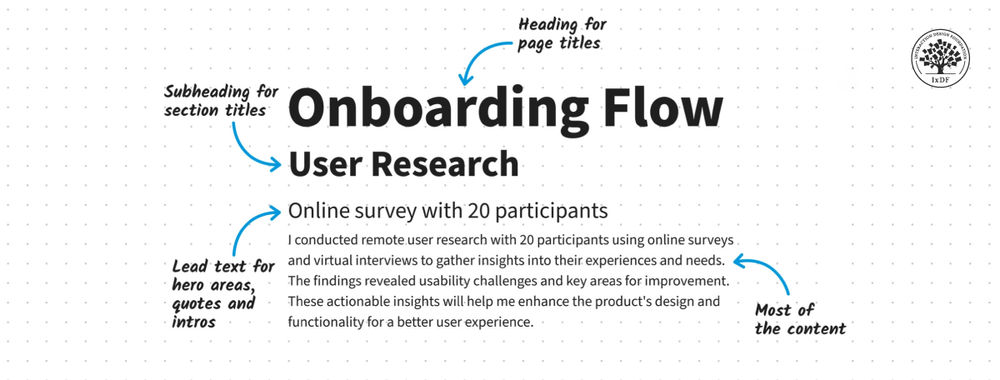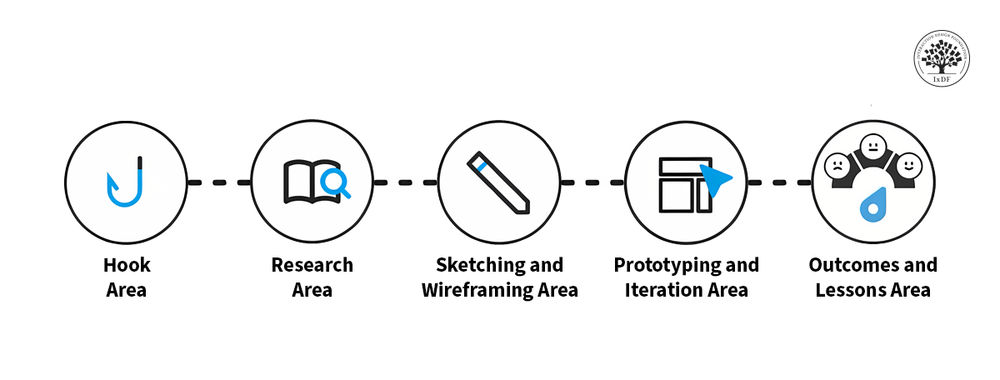Content is the key to everything online; without great content Google will ignore you and all your other design work will go to waste. Getting the UX of your content right can be really difficult but it can help to take a different view of content to get there.
We Design Content
It may sound strange but content is a product; it’s an information product rather than a physical one but it’s a product nonetheless. That means you’re going to want to design your content just like any other product.
Step 1: What’s The Content For?
Before you start designing your content experience, it’s always a good idea to think about what the content will be used for. I am a keen photographer in my day-to-day life. When I Google “Best canon lens for xyz situation” – I want a quick answer even if it’s not a complete answer. When I Google “Tell me about Canon zoom lenses” I want rather more information.
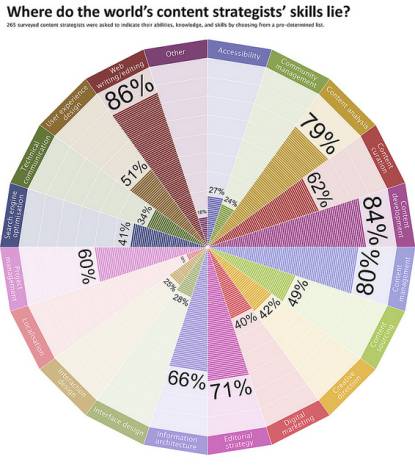
Author/Copyright holder: Richard Ingram. Copyright terms and licence: CC BY-SA 2.0
Before you develop your content – work out what it will be used for.
Step 2: What Box Will You Put It In?
Headlines, photographs, scrolling, etc. all contribute to the success of content. In fact, in many cases, you can make bad content appealing by putting it in the nicest packaging.
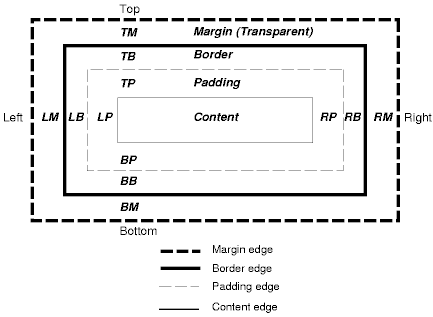
Author/Copyright holder: W3C. Copyright terms and licence: All rights reserved Img source
The best packaging of course reflects the purpose of the content itself. Quizzes, videos, etc. can add a certain level of “zing!” that weren’t there in your original content strategy.
Step 3: Does The Content Work?
We all get it wrong sometimes. It’s essential to learn from our mistakes. Content costs money to develop (even if you are following the internet loser business model of outsourcing content development for 1 cent a page to the lowest bidding person who barely speaks English) and if it’s not achieving its objectives – it needs changing, replacing or rewriting.
User research and user feedback are essential for making your content work. There’s no user experience rating in the world more useful than the ones your users (readers) give you.

Author/Copyright holder: Dave. Copyright terms and licence: CC BY-NC-ND 2.0
Content Myths to Be Careful Of
There are many myths that you might want to be careful of when it comes to content. “Short content is key to success!” we hear this one a lot. It’s simply not true. Sometimes your readers only need a single line to explain something but that’s not always going to be the case.
Conversely; “Long content is the new key to success!” is also total rubbish. In some cases long, complete articles are going to add huge value to your readers – in many cases they’re going to be waffle trying to pad a theoretical word count to “enough”.
People don’t read online. Yes, they do. Yes, most people scan quite a bit but truth be told – most people read things they’re interested in online rather like they do offline. Is your content interesting enough to be read? If it is then you’re getting it right. But better to be scan-read then not read at all.
Header Image: Author/Copyright holder: Jason Rogers. Copyright terms and licence: CC BY 2.0


